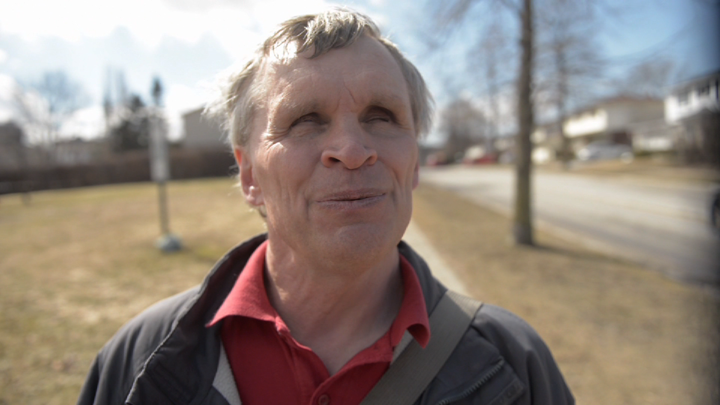A computer programmer named Brian Borowski from London, Ontario was born blind. Instead of using just a cane and seeing-eye dog, Brian has honed a special skill unique to animals such as dolphins and bats. Brian uses echolocation to navigate the world around him.
When Brian was around three or four years old, he learned how to make sharp clicking sounds with his tongue, which serves as a type of sonar. This enables him to “see” nearby objects, such as doors, buildings, trees, and curbs on the road, as the sound bounces off of these surfaces. Brian is so good at what he does, he can locate objects as small as 10 centimeters in size (watch a video here).
When an individual uses echolocation, it activates the visual areas of the brain. Research has shown that these sonar clicks act as a flashlight to “illuminate” the spaces they occupy. Few humans have mastered this technique.
Dr. Lore Thaler of Durham University in the United Kingdom led the first-ever study investigating the areas of the brain that are used in human echolocation. According to Thaler, both blind and sighted people with normal hearing can learn to echolocate.
She wrote in a 2013 article, “Consistent with the hypothesis that echolocation offers functional benefits, previous research conducted under controlled experimental conditions has shown that echolocation improves blind people’s spatial sensing ability, in that it improves their ability to determine distance, location, motion, size, shape or material of surfaces.”
She noted that blind people using echolocation can decipher what type of material an object is made of, such as metal or wood. When Brian did an experiment for the cameras with Mel Goodale, director of the Brain and Mind Institute at Western University in London, Ontario, he was able to determine whether a wooden object a few feet in front of him was being held vertically, horizontally, or on a slant. He also told Goodale whether an object he was holding was a soft or hard object.
Brian’s younger brother David is also blind and learned how to echolocate. The siblings taught themselves how to ride bicycles around the age of 13, using their unusual skill to determine what type of surface they were on (the roughness, for example) and what objects were nearby.
Brian old New Scientist in 2015: “We would always be clicking, listening for the weeds and the grass growing at the side of the road, or, when we were coming to our driveway we would listen for the post that had the mailbox on it and we would know: gotta turn in right there.”
And while Brian’s college professors discouraged him and David from using echolocation, they simply did it out of earshot. “They said blind people have enough trouble fitting into society and you shouldn’t do anything that causes you to be more different than you already are. But we more or less ignored them,” he noted.
Brian may be different, but he found a way to fit in a society that defied expectations.


